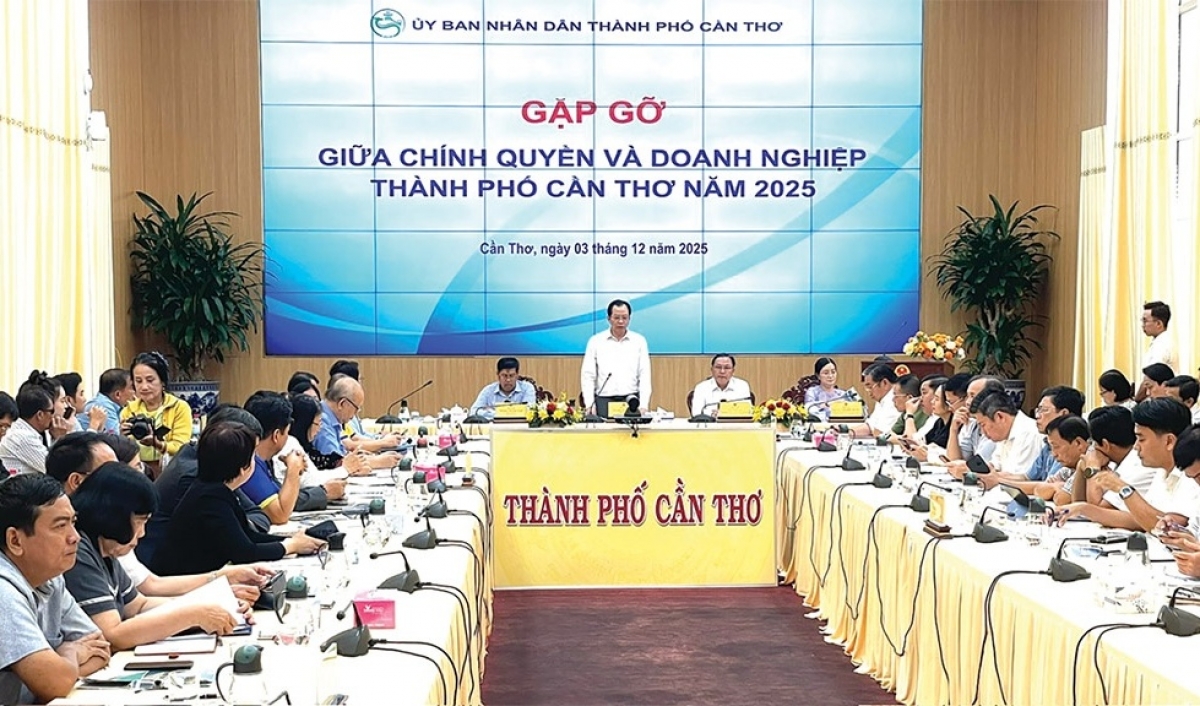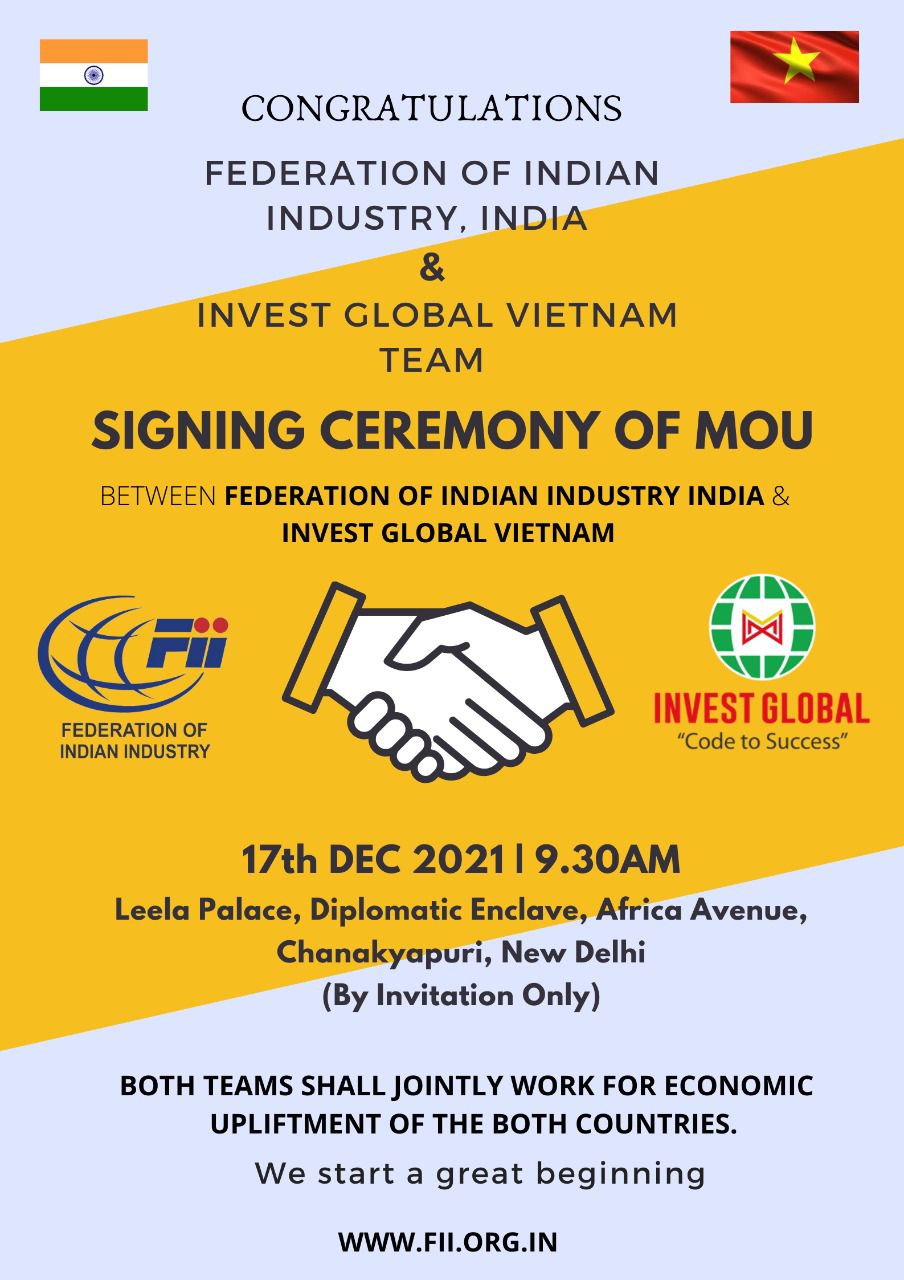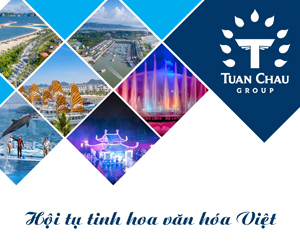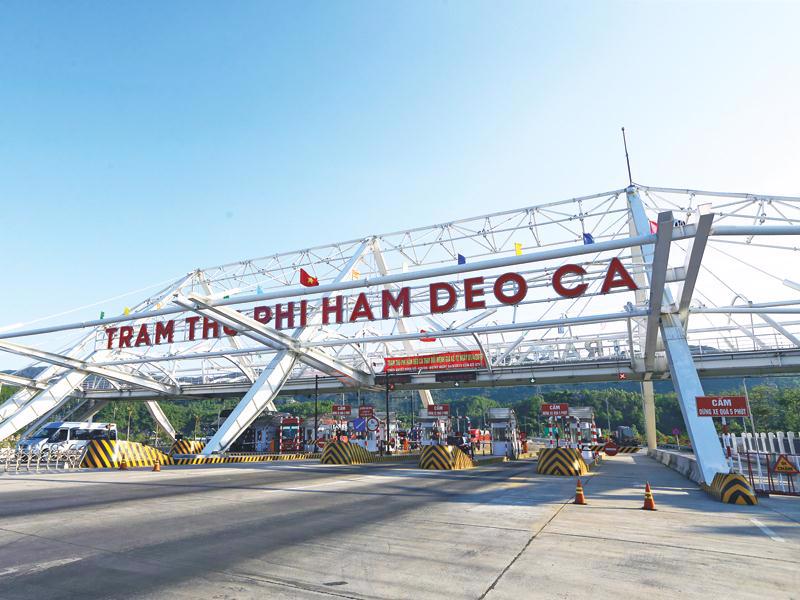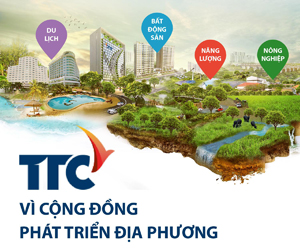INTERNATIONAL INVESTMENT
AND PORTAL
181 prominent dining establishments in Hanoi, Danang, and Ho Chi Minh City were honoured at the third Michelin Guide ceremony, held in Danang a month ago, further affirming the solid position of Vietnamese cuisine on the international culinary map.

Since its first presence in Vietnam in 2023, the number of award-winning restaurants announced by the Michelin Guide has been growing each year. From 77 restaurants recommended in 2023, the number has more than doubled after two years.
According to Gwendal Poullennec, international director of the Michelin Guides, the continuous presence and evaluation of reputable culinary rankings such as Michelin not only provide motivation for restaurants and chefs to strive for excellence but also serve as a clear testament to the special allure of Vietnam’s rich and delicious cuisine.
“We are proud to witness a rise in the number of Starred restaurants, driven by a new generation of talented chefs. Many are returning to their roots, using modern techniques to tell stories of their hometowns and to revive childhood flavours. Street food stalls, family-run eateries, and long-standing local shops continue to preserve culinary traditions with authenticity and passion,” Poullennec said.
Vietnamese cuisine is increasingly making a strong mark on the regional and global culinary map, alongside famous cuisines such as Thai, Japanese, South Korean, and Chinese.
The largest local traditional cuisine map website in the world, TasteAtlas, ranked Vietnam 19th out of the 100 most delicious cuisines in the world in 2024. The Foodellers magazine in Portugal also published an article “Vietnam: A culinary journey from north to south” in July 2024 to praise the diversity and delicacy of the cuisine from each region of the country.
In 2023, US travel magazine Travel and Leisure named Vietnam as the top culinary destination in Asia. Previously, in 2022, Vietnam ranked fifth among the top 10 countries in the world with the most appealing culinary cultures by readers of the famous Canadian magazine The Travel.
The high appreciation from prestigious culinary websites has opened the door for Vietnamese cuisine to be more widely promoted to international tourists and become a significant motivation to attract travellers.
“Two-thirds of visitors to a new destination will seek out Michelin-starred restaurants. The benefit of having many Michelin-starred restaurants is that guests will stay longer and spend more, which will be beneficial for the tourism industry,” the international director of the Michelin Guides said.
Nguyen Xuan Quynh, secretary general of the Vietnam Chefs Association, assessed that cuisine is a competitive advantage for many countries as it is associated with daily life and is a part of the culture of that country. However, to turn cuisine into a valuable tourism product, it is necessary to create a clear imprint from construction to the promotion of tours and dishes.
“Vietnam is only beginning to effectively exploit the strengths of landscapes and heritage, while still underestimating cuisine. Culinary tourism products are mainly concentrated in large cities, while in many other areas, they remain spontaneous, fragmented, lacking systematics, making it difficult for tourists to access and experience,” Quynh commented.
He emphasised that Vietnam needs to develop a national strategy for Vietnamese cuisine to provide a basis for promoting culinary tourism products internationally to attract more visitors. “Only when there is a close connection between cuisine and culture will culinary tourism products truly have depth and appeal,” he added.
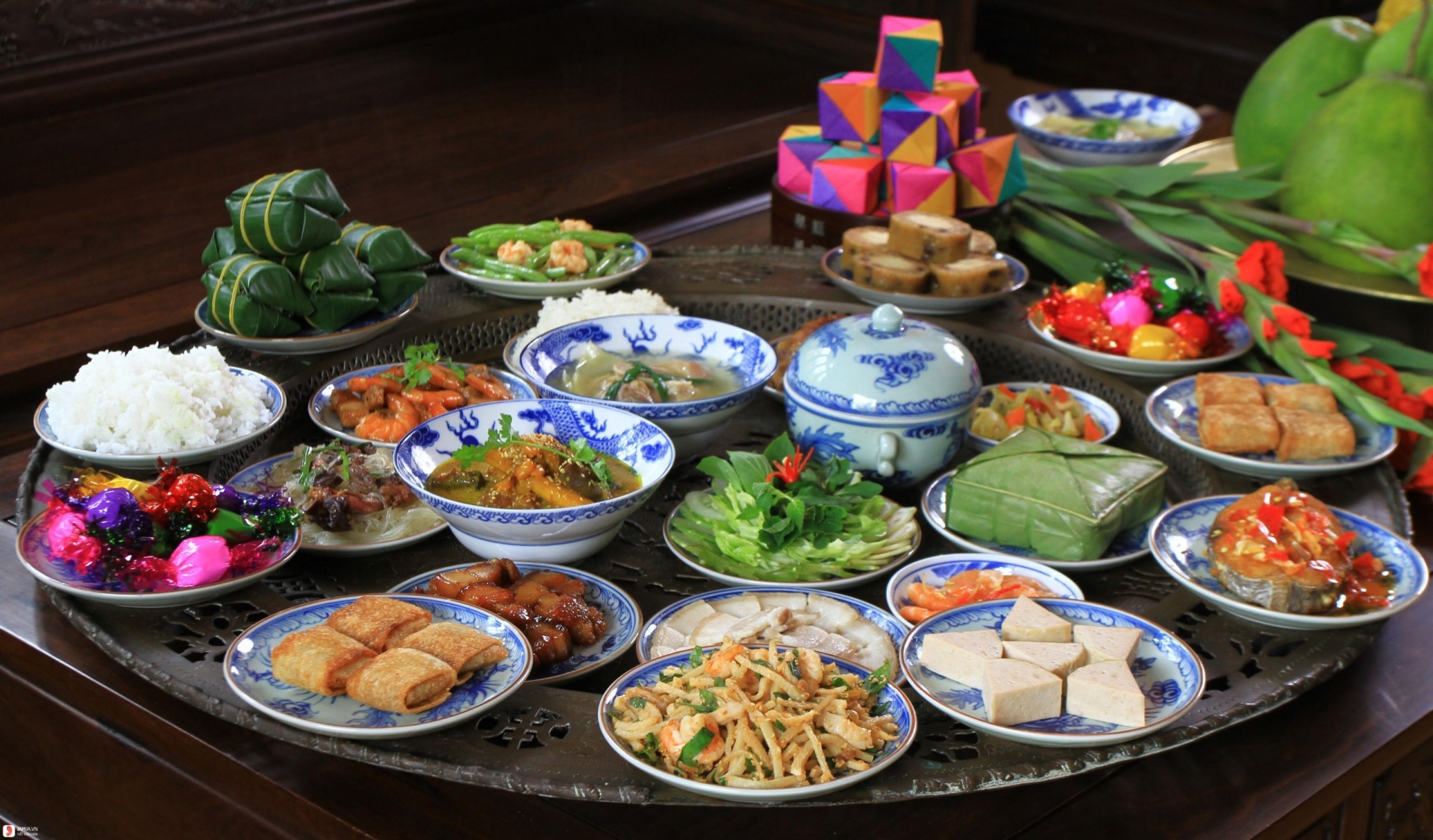
In reality, many localities have become more aware of the role of cuisine in tourism development. The city of Hue implemented a strategic step by building the brand “Hue – Capital of Cuisine” in June with activities to promote tourism and its unique culinary culture, attracting the attention of domestic and international tourists.
Hue is not only famous for its ancient architectural structures and natural landscapes but also possesses a unique culinary culture. According to the city's Department of Tourism, Hue has a rich culinary treasure with over 1,300 dishes, and approximately 700 of them have been preserved to this day.
The uniqueness of Hue cuisine lies in the fusion of Vietnamese-Cham cultures with influences from the north and south, creating a distinct flavour.
Ho Chi Minh City’s Department of Tourism also has plans to enhance the development of the “Find your flavour” food tour series along with outstanding tourism products following the “Journey of taste” running from July to August.
The initiative is one of the key highlights of the city’s summer tourism stimulus plan, aiming to affirm Ho Chi Minh City’s position as the most vibrant, creative, and distinctive culinary capital in Vietnam.
Following this trend, Haiphong has developed a food tour map with its own categories, such as breakfast spots, lunch venues, dinner locations, food addresses, and has been distributing it free of charge to tourists since 2022.
According to a survey conducted by the online travel platform Booking.com in May, 59 per cent of tourists are interested in exploring new dishes and local specialities, indicating that cuisine is becoming an increasingly important factor in the travel experience.
According to La Quoc Khanh, vice president of the Vietnam Cuisine Culture Association, the cultural value and local elements are highlights that help food leave a deep impression. Therefore, culinary tourism needs to be invested in researching and developing food tours so that tourists can enjoy the food and understand the ingredients, cooking processes, and directly participate in the kitchen.
“Cuisine needs to focus on clear origins, ingredients, food safety, and environmental friendliness. When these factors are ensured, cuisine will become the main driving force on the travellers’ exploration journey,” Khanh said.
